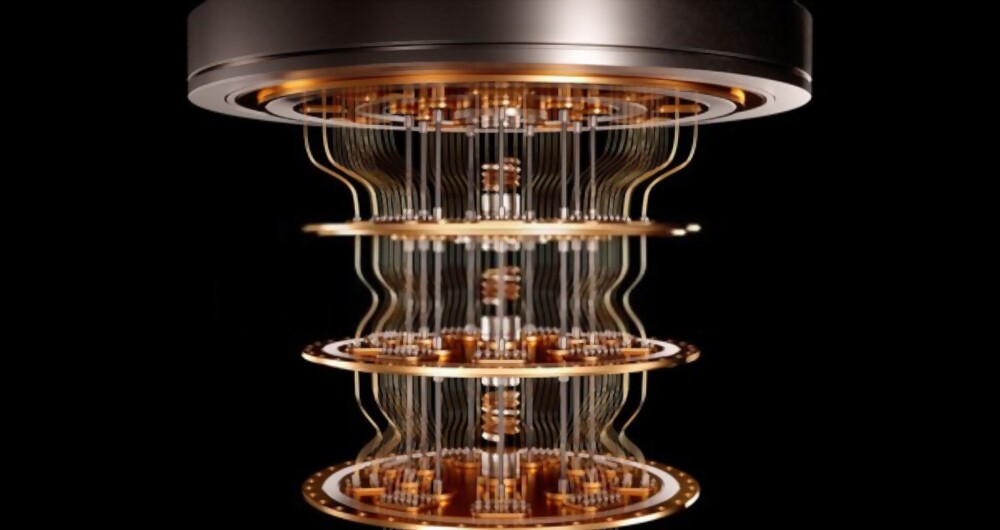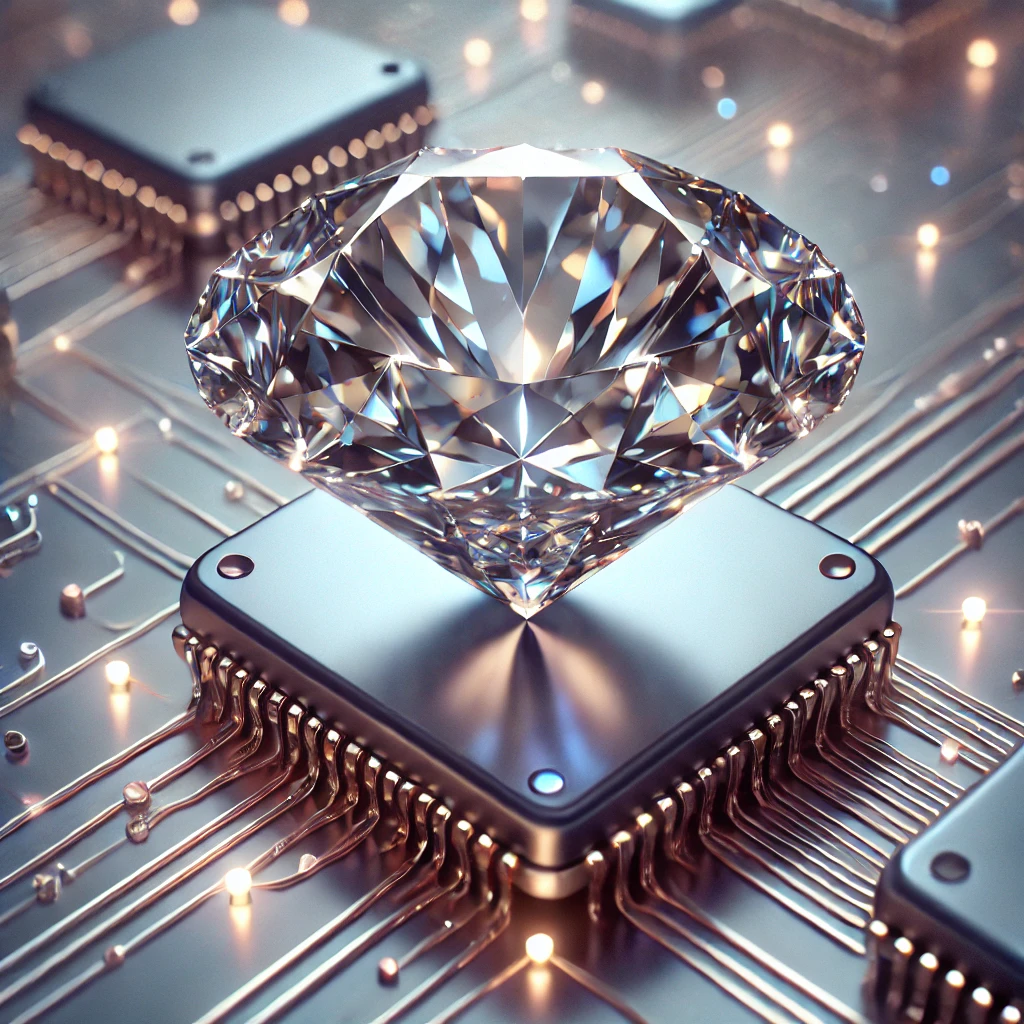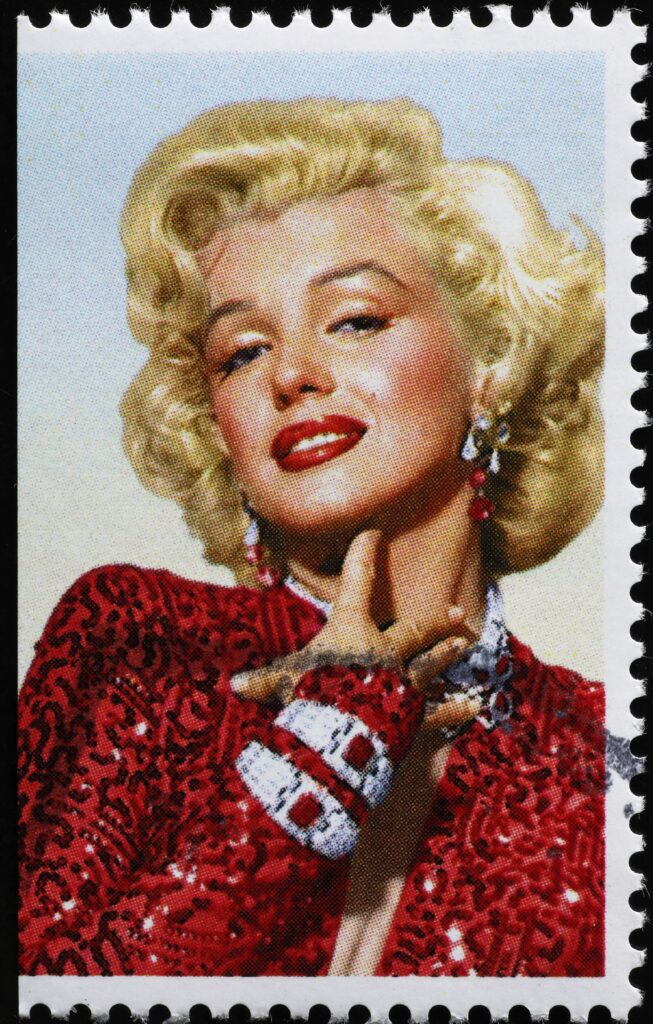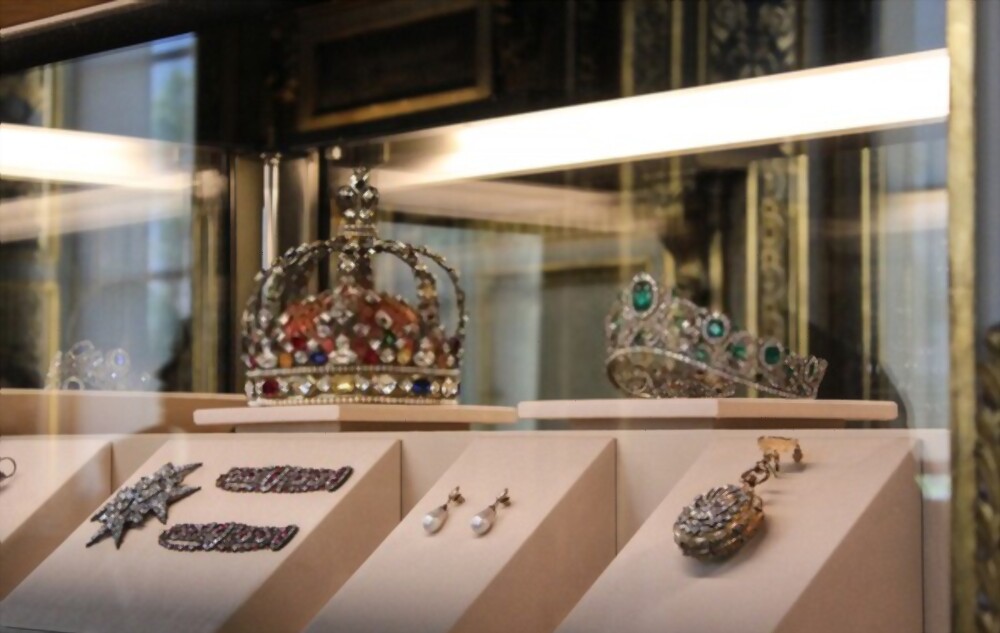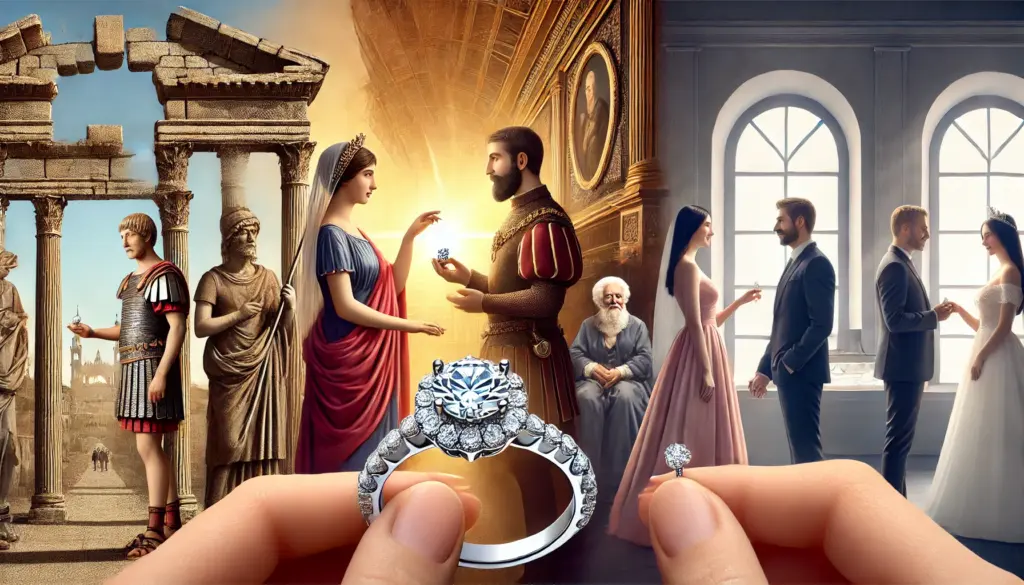
The tradition of giving an engagement ring to signify a promise of marriage has existed for centuries, but it wasn’t always linked to diamonds. Today, diamonds are seen as the ultimate symbol of love and commitment, dominating the engagement ring market. This association between diamonds and everlasting love, however, is a relatively modern phenomenon—one shaped by clever marketing, cultural influences, and the natural allure of these brilliant stones.
The tradition of engagement rings can be traced back to ancient Rome, where betrothal rings were exchanged as symbols of commitment. These early rings were often made of simple iron or gold, and the concept of setting a gemstone into them was not yet popular. It wasn’t until the 15th century that diamonds made their first notable appearance in engagement rings. Archduke Maximilian of Austria is credited with commissioning the first diamond engagement ring for his fiancée, Mary of Burgundy, in 1477. This royal gesture sparked a trend among European nobility, associating diamonds with wealth, power, and exclusivity.
Despite their introduction to high society, diamonds remained relatively rare in engagement rings for several centuries. Other gemstones like sapphires, emeralds, and rubies were often used, and plain gold or silver bands were common among the broader population. It wasn’t until the late 19th century that diamonds began to enter the mainstream, largely due to the discovery of large diamond deposits in South Africa. This new influx of diamonds made them more accessible, but it wasn’t until the 20th century that they became synonymous with engagement rings.
The turning point in this transformation came in 1947 with one of the most influential marketing campaigns in history. De Beers, a major diamond mining company, launched their now-iconic slogan, “A Diamond Is Forever.” This phrase brilliantly captured the idea that a diamond, with its unrivalled hardness and durability, was the perfect symbol of eternal love. The campaign emphasized the emotional value of diamonds, portraying them as timeless treasures that represented both the strength and longevity of a relationship. Over the next few decades, the concept of a diamond engagement ring became deeply ingrained in popular culture.
Hollywood also played a key role in cementing the diamond’s status as the ultimate engagement ring choice. In the mid-20th century, movies and celebrities began to feature diamonds prominently in romance plots and engagement scenes. Glamorous stars like Elizabeth Taylor, who was famously gifted multiple diamond rings during her high-profile marriages, further fuelled the idea that diamonds were the pinnacle of romantic expression. The visibility of diamonds in film, media, and on the fingers of famous personalities made them an aspirational symbol for people across the world.
As the tradition of diamond engagement rings spread globally, their designs evolved to reflect changing tastes. The classic solitaire diamond, popularized in the 20th century, became a staple for its simplicity and elegance. Over time, more elaborate settings, halo designs, and vintage-inspired styles gained popularity, giving couples the chance to personalize their rings while still adhering to the timeless appeal of diamonds.
Today, while other gemstones and non-traditional rings have made their way into the engagement market, diamonds remain the overwhelming favourite. This enduring preference is a testament to the powerful cultural narratives that surround them. Diamonds are not just beautiful; they have come to represent the emotional weight of commitment, the promise of forever, and the celebration of love’s endurance. Even with the rise of lab-grown diamonds and ethical concerns in the industry, the allure of these stones persists, rooted in the belief that they are the perfect way to mark one of life’s most significant moments.
From their royal beginnings to their reign in popular culture, diamonds have become inextricably linked with the idea of lifelong love. What was once a luxury reserved for the elite is now a widely recognized and cherished symbol of commitment, ensuring that for many, a diamond will always be the ultimate way to say, “I do.”




